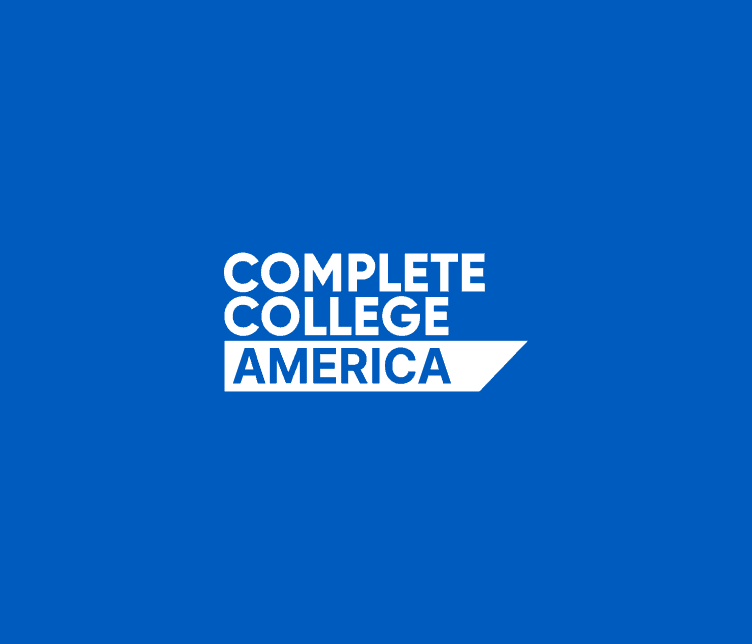By Richard M. Freeland
Jonathan was trying. But his professor, Mike Williamson of Middlesex Community College, could see the student’s frustration mounting as he worked, once again, to conquer Algebra One. He’d placed into the remedial math course based on his standardized college placement exam. And now, he couldn’t get out.
Eventually, to Williamson’s frustration, Jonathan gave up on the course – and the college. This dynamic plays out for too many students like him, caught in the same cycle of remedial, or developmental, education at public colleges and universities across the state. At community colleges, students arrive unprepared for the rigor of college courses at a staggering rate: sixty-five percent of students entering community colleges place into remedial math.
Arrested Development
The high referral rate to developmental courses creates more than a simple setback for students placing into them; too often, it’s a permanent barrier to the dream of a college degree. Because developmental courses are typically cumulative, students who begin one – whether their first or third time taking it – must complete a full semester to learn if they’ve passed or failed. For too many of them, the running-in-place pattern of repeated failure creates insurmountable frustration, while also using up precious financial aid dollars. At community colleges, the vast majority of students placing into developmental math courses will never take a single course for credit – in 2010, only 2,190 of the 11,064 students who took remedial math did.
As these students walk away from our campuses, the impact is felt by our public higher education system, our workforce and, ultimately, our state’s economy. In real dollars, the Strong American Schools campaign supported by Bill Gates and Eli Broad estimates that the failures of developmental education cost community colleges across the nation $2 billion per year. And according to the Community College Research Center at Columbia University, the price paid by states is tens of millions of dollars each year.
But the less tangible price of developmental education and the attrition that follows is even higher at a macro level, where you can track the economic snowball effect it starts. If students can’t escape the treadmill of remedial courses, they can’t graduate. And if they can’t graduate, they can’t work in high-skilled jobs, at a time when our economy urgently needs them.
Simple Math
Here in Massachusetts, that’s a price we can’t afford to pay. Our state has historically relied heavily on private universities to drive economic growth. Today, the state has become increasingly dependent on public colleges and universities to provide the backbone of its workforce.
These trendlines show no signs of bending. By 2020, 72 percent of Massachusetts jobs will require some college education; by then, in STEM disciplines alone, demand for workers with associate and baccalaureate degrees will outpace supply by 36,000. Our public colleges and universities, which today educate 67 percent of Massachusetts’ high school graduates enrolling in-state, should be poised to fill this demand. Yet not enough of these students ever complete degrees or certificates to meet our state’s workforce needs, with graduation rates remaining flat over the past five years.
The numbers point to a clear path forward. Massachusetts cannot succeed unless our system of higher education succeeds. And, until developmental education is fixed so a higher percentage of students move on to credit-bearing courses, graduate and make needed contributions to our workforce, that system can’t fuel our full economic potential. Helping our public college students succeed is about much more than improving their economic prospects; it’s a fiscal imperative for the state.
The Board of Higher Education, charged with positioning Massachusetts’ public campuses to meet the state’s future needs, recognizes what’s at stake and is taking action. The Board has prioritized math developmental education reform as part of a multi-layered agenda to ensure that our public institutions are poised to produce the educated citizenry and high-skilled workforce our economy demands. We’ve done the math, and we know that this is impossible to do without fixing developmental education to produce more graduates.
Solving for Why
To begin, the Board has asked the colleges and universities themselves to lead the way toward a dramatic overhaul of developmental education in mathematics, with the belief that change begins at the campus level. Specifically, we’ve asked them to focus on two areas at the root of the problem and to pilot test promising new approaches.
First, we must reexamine the way students place into remedial courses. Today, every student who registers for community college takes a standardized math test called Accuplacer before walking through the door – sending nearly two thirds of them to remediation. Yet many educators have questioned the validity of this test as an absolute barometer of student readiness for college-level work. With research showing that high school performance can be more predictive, the Board has removed the Accuplacer requirement for placement to allow campuses wishing to do so to experiment by using other indicators, especially high school GPA, to make more accurate assessments.
Second, the Board has asked campuses to reimagine the one-size-fits-all pathway traditionally governing general education requirements in math. Today, students are guided through a single progression of math courses heading toward calculus. This begs the age-old question: just how useful is calculus for a student pursuing social sciences or humanities? We believe students would be better served by aligning math requirements with their academic and career interests and therefore with the real requirements of the workplace. With this approach, a STEM student would still take the traditional calculus-oriented pathway, but a psychology or sociology student would fulfill the math requirement with equally rigorous courses in statistics. A communications or art student might pursue quantitative reasoning. Within this new framework, developmental education courses in math will be aligned with the new, more differentiated, general education course sequences. While better positioning our students to master college-level math, these new pathways also seem likely to provide more useful skills for future careers.
While it’s true that we won’t solve the developmental education problem entirely until all high school graduates are prepared for the rigors of college coursework, it is also true that pre-K-12 educators and public higher education faculty are engaged in an unprecedented level of partnership to bridge the readiness gap. This spring the Department of Elementary and Secondary Education is pilot-testing the new Partnership for Assessment of Readiness for College and Career (PARCC) assessments in math and English, jointly developed by educators in PreK-12 and higher education and linked to the Common Core State Standards. One goal of the new assessments is to create clearer pathways for success by identifying areas of need for earlier intervention with struggling students.
But until every one of our state’s students arrives on campus ready for credit-bearing courses that lead to a degree, developmental education and its economic impact must be our shared concern. Despite the cautionary notes sounded by critics, it is imperative that we allow experiments which hold the promise of helping more students succeed.
At stake is our ability to fill the state’s growing need for talent. It’s not enough for Massachusetts to lead the nation in the number of students we send to college; we must also lead in the number who actually graduate. Reaching that goal will require us to do developmental education in math far more effectively than we are doing it now. Our students’ futures – and the future of our economy – depend on it.
Richard M. Freeland is Commissioner of Higher Education for Massachusetts.


